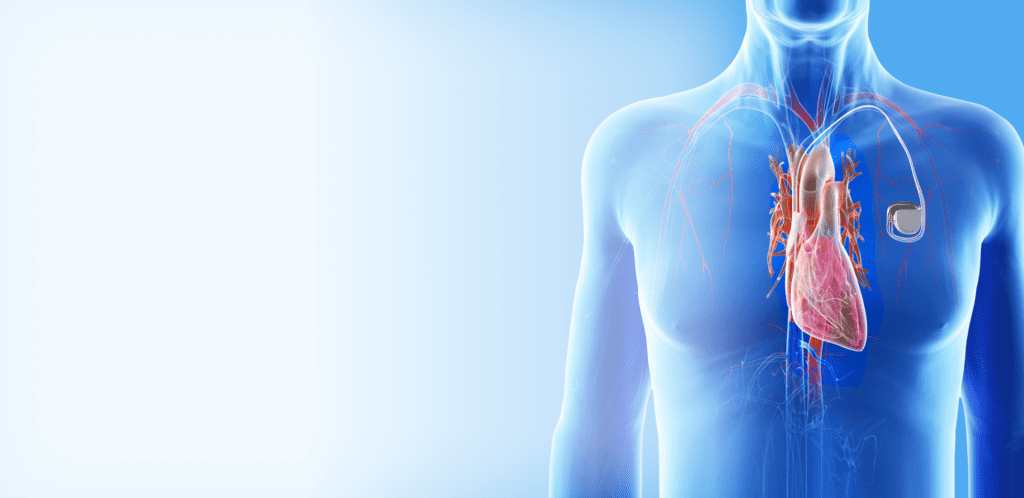
A pacemaker is a small device that is implanted in the chest to help control the heartbeat. It is used to prevent the heart from beating too slowly. Implanting a pacemaker in the chest requires a small surgical procedure under local anesthesia

Depending on the requirement, you might have one of the following types of pacemakers.


This small metal container houses a battery and the electrical circuitry that controls the rate of electrical pulses sent to the heart.
One to three flexible, insulated wires are each placed in one or more chambers of the heart and deliver the electrical pulses to adjust the heart rate. However, some newer pacemakers don’t require leads. These devices, called leadless pacemakers, are implanted directly into the heart chamber.
Before the doctor decides if you need a pacemaker, you’ll have several tests done to find the cause of your irregular heartbeat.
This quick and painless test measures the electrical activity of the heart. Electrodes are placed on the chest and the arms and legs. Wires connect the electrodes to a machine which displays the ECG. An ECG can show if the heart is beating too fast, too slow or not at all.
A Holter monitor is a small, wearable device that keeps track of the heart’s rhythm. Your doctor may want you to wear a Holter monitor for 1 to 3 days. During that time, the device records all of your heartbeats. Holter monitoring is especially useful in diagnosing heartbeat problems that occur at unpredictable times.
This noninvasive test uses sound waves to produce images of the heart’s size, structure and motion.
Some heart problems occur only during exercise. For a stress test, an electrocardiogram is taken before and immediately after walking on a treadmill or riding a stationary bike. Sometimes, a stress test is done along with echocardiography or nuclear imaging.
Pacemaker implantations are usually done under local anesthesia to numb the area of the incision. During the pacemaker surgery,

Normal stay in the hospital is for a day after having a pacemaker implanted.

Your pacemaker will be programmed to fit your heart rhythm needs.

You should avoid vigorous exercise or heavy lifting for about a month.

Avoid putting pressure on the area where the pacemaker was implanted.
It’s unlikely that your pacemaker would stop working properly because of electrical interference. Still, you’ll need to take a few precautions:

It’s safe to talk on a cellphone, but keep your cellphone at least 6 inches (15 centimeters) away from your pacemaker. Don’t keep your phone in a shirt pocket. When talking on your phone, hold it to the ear opposite the side where your pacemaker is implanted.

Passing through an airport metal detector won’t interfere with your pacemaker, although the metal in the pacemaker could sound the alarm. But avoid lingering near or leaning against a metal-detection system. To avoid potential problems, carry an ID card stating that you have a pacemaker.

Make sure all your doctors and dentists know you have a pacemaker. Certain medical procedures, such as magnetic resonance imaging, CT scans, cancer radiation treatment, electrocautery to control bleeding during surgery, and shock wave lithotripsy to break up large kidney stones or gallstones could interfere with your pacemaker.

Stand at least 2 feet (61 centimeters) from welding equipment, high-voltage transformers or motor-generator systems. If you work around such equipment, ask your doctor about arranging a test in your workplace to determine whether the equipment affects your pacemaker. Devices that are unlikely to interfere with your pacemaker include microwave ovens, televisions and remote controls, radios, toasters, electric blankets, electric shavers, and electric drills.
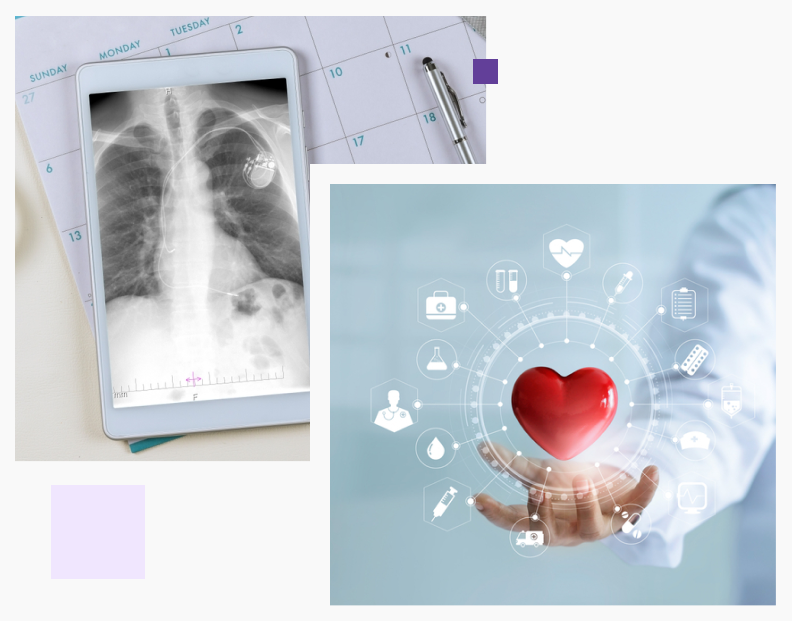
Pacemaker surgery is usually a minor procedure that takes between one and two hours to complete. There is no need for open-heart surgery because the pacemaker is put beneath the skin of the chest.
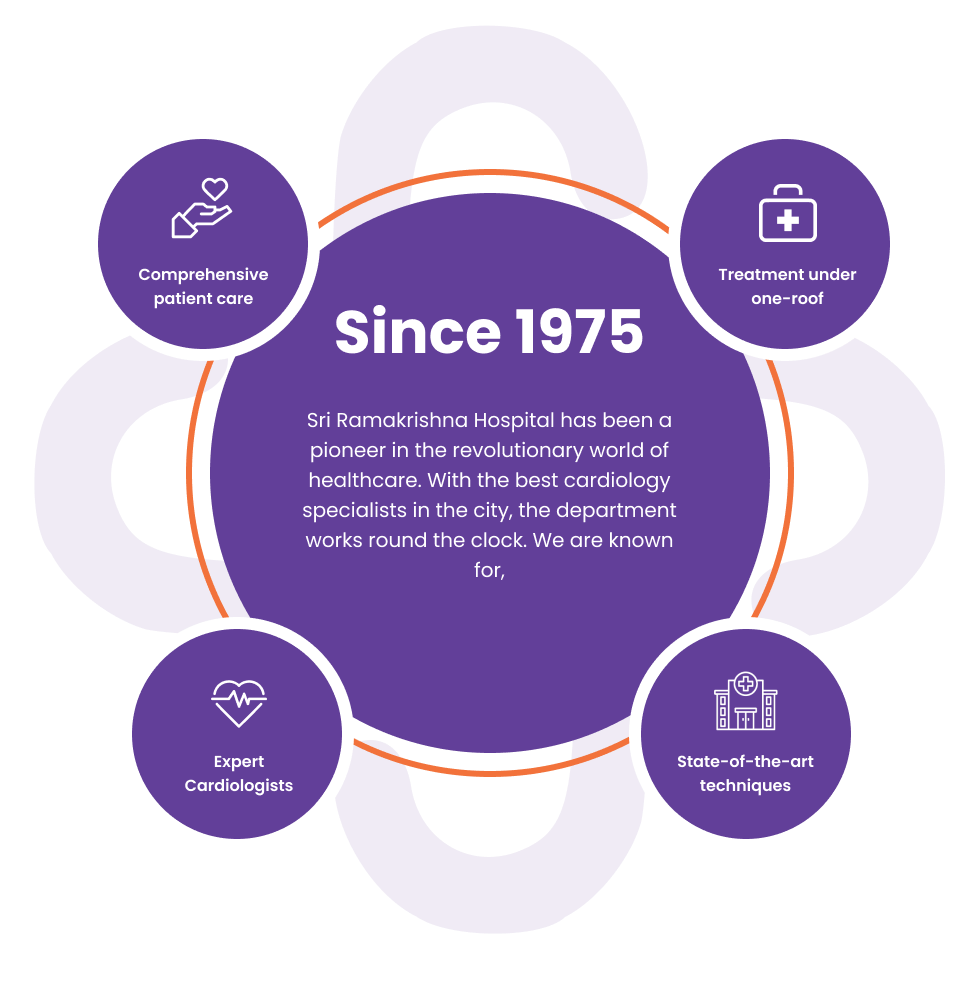

Happy Patients

Years of Service

Experienced Staff
Our team of highly experienced cardiologists has immense experience in providing the best pacemaker surgery in Coimbatore
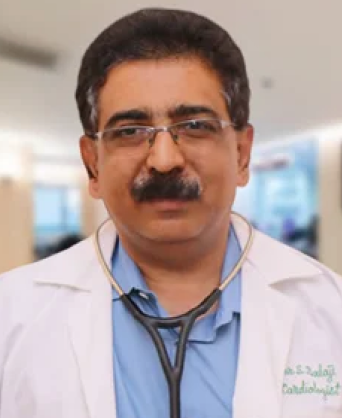
MRCP (UK), FICC., Senior Consultant Cardiologist

M.B.B.S., M.D.(Gen Medicine),D.N.B.( Gen Medicine),D.M.(Cardiology), F.N.B.(Intervention Cardiology),FSCAI (USA)., Senior Consultant Cardiologist
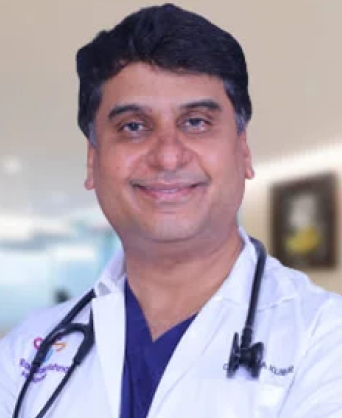
MBBS, MD (Internal Medicine)., DNB (Cardiology)., FESC., FSCAI (USA)., Consultant & Interventional Cardiologist

MBBS, MD, DM (Cardiology)., Cardiologist & Electrophysiologist
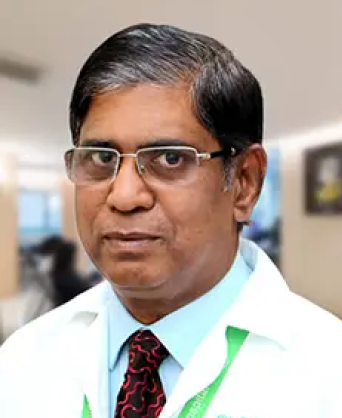
MD.,(General Medicine)., DM (Cardiology)., Consultant Cardiologist & HOD



“My son was born with a heartbeat defect, and we were pretty worried about the condition. We visited Sri Ramakrishna Hospital upon a friend's referral. The doctor performed a few tests and suggested that we opt for a pacemaker as it is the safest way to treat it. The doctor explained in detail the procedure, and the treatment was completed very quickly. It is now almost 8 months after the procedure, and he is completely fine without any problems. Thank you, Sri Ramakrishna Hospital, for the care and advanced treatment.”



“I highly recommend Sri Ramakrishna Hospital for the treatment they provide. I reached out to Sri Ramakrishna Hospital as I noticed a few changes in health, and I started to feel tired quite quickly. I underwent a few tests, and my doctor recommended pacemaker surgery as there was a problem with my heartbeat. The procedure was relatively quick, and I got back home within no time. After the surgery, I can notice the difference, and I can go around without feeling tired anymore. Thank you, Sri Ramakrishna Hospital, for the treatment.”



